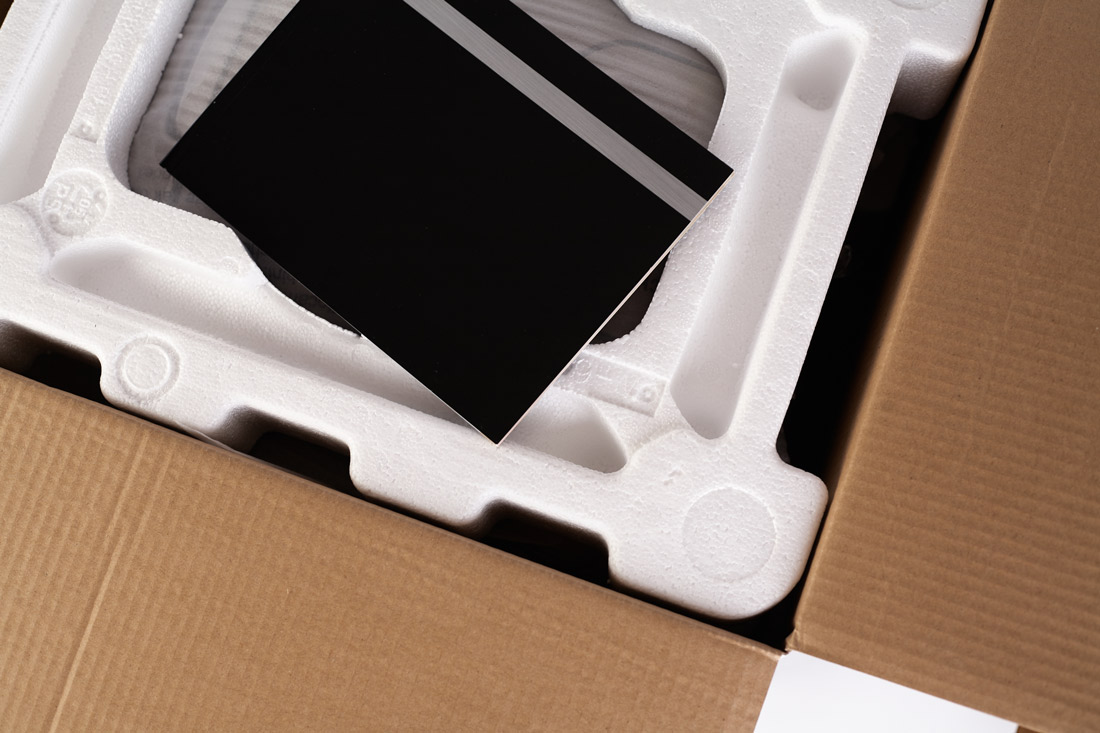Polystyrene Still a Popular Protective Packaging Option Regardless of Its Environmental Impact
Posted on: November 1st, 2021

According to a recent Polystyrene Foam Market report, the global market for such foam products is expected to grow to $32.2 billion USD by 2026 – up from $26.4 billion in 2021. That’s a Compound Annual Growth Rate (CAGR) of 4.1% from 2021-2026. The main driver? The need for protective packaging solutions.
This increase is not surprising given the incredible growth of e-commerce over the last few years. According to an article by Sharon Goldman on The Future of Customer Engagement and Experience, during the height of the pandemic, e-commerce grew by a whopping 33.6% in 2020 – topping almost $800 billion.
What do the experts predict in our post-pandemic society? Goldman says, “E-commerce growth won’t be as sky-high in 2021, but online shopping will still expand and accelerate far more than it did before shutdowns and social distancing.”
Emarketer estimates that e-commerce will grow another 13.7% in 2021 with over $908 billion in sales.
With the dramatic growth of e-commerce, which doesn’t appear to be slowing down any time soon, many manufacturers need protective packaging solutions – and fast – to ensure their products arrive safely to customers.
EPS (expandable Polystyrene) is now projected to be the most significant resin type of Polystyrene in the market. It’s lightweight, strong, durable, and provides superior insulation and shock absorption.
However, EPS is also slow to degrade and can leach harmful chemicals into the environment, contaminating water and soil sources. Additionally, the manufacturing process is inefficient and creates a great deal of hazardous waste, ultimately contributing to global warming.
So why then do manufacturers still use EPS? Simply put, it’s traditionally known in the market for being highly versatile based on your organization’s unique product specifications and is considered cost-effective for protective packaging solutions.
But there is hope on the horizon. For starters, Forbes recently reported that 68% of highly empowered consumers plan to step up their efforts to identify brands that reduce environmental impact. This will force companies benefitting from the growth of e-commerce to reconsider using EPS for their protective packaging needs as the market continues to demand more sustainable options.
Education is critical to understanding that molded pulp is a cost-effective, lightweight, strong, and durable solution that provides superior insulation and shock absorption while being sustainable. All the best qualities of EPS without any of the harmful environmental impacts. Learn more about HC’s fiber protective packaging solutions here.
Production Benefits
For more information on how HC produces its fiber protective packaging solutions, click the link below.
Learn More ☰ Menu
☰ Menu